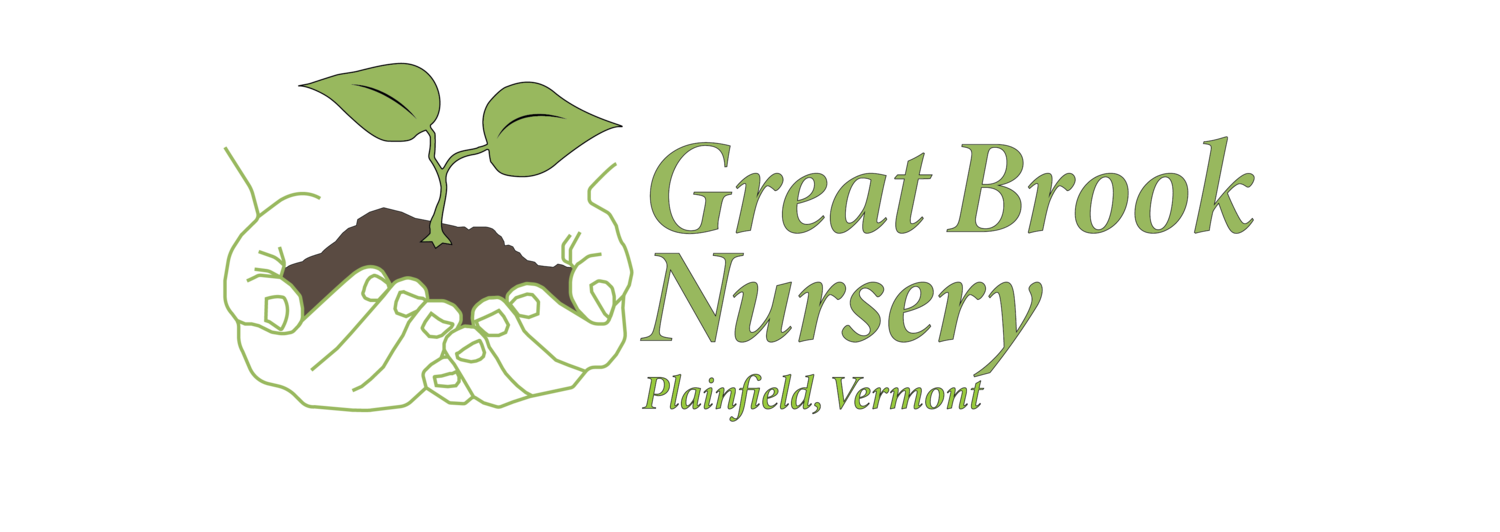Polygonatum
Solomon’s Seal is one of the nicest plants for the shady or morning sun, woodland garden. Grown for its spring blooming flowers that dangle down along an arching stem, it is a beautiful architectural presence that persists through the growing season. It thrives in rich cool soil and will slowly colonize an area in a nice way. The native Eastern species is called biflora, but it is a plant rich in species from around the world, from dwarfs and variegated to 6’ tall giants. The common name refers to the leaf scars produced along the roots said to resemble the seal of the biblical king Solomon. The binomial name polygonatum means many knees, another reference to the leaf scars, and kind of a better name. The root of the plant has been used medicinally as an anti-inflammatory for tension in ligaments and tendons. It is considered one of the most reliable remedies for arthritis. A plant that inspired me early on for its use and beauty and epitomizes the kinds of plants I wanted to grow.
A beautiful patch of Solomon's Seal growing in Plainfield village. I have been watching this plant for several years, gathering seed, wiggling out the occasional seedling. One can learn a lot about a plant by spending time with it through the seasons. From its pink, sticky rebirth in the spring, through flower and fruit, to its retreat back underground in the fall.
We got into a nice patch of Solomon's Seal in the fall of 2020. A friend let me dig into his lush patch growing under some hardwoods in a humus rich soil. Easy to propagate this way, and if you are willing to cut them into small pieces and wait a few years you can end up with a lot of plants.
Like some alien creature!
Solomon's Seal drops seeds that are dragged off by insects who eat the fleshy outer coating of the seed and do the plant the favor of getting its babies into the ground. It does not reseed very vigorously and I have not had much luck germinating it yet. I do find little seedlings in and around well established patches.
Propagation heaven!
We transplanted the root pieces into shallow boxes because I have a lot of them. We also thought it would work well with for this plant whose roots grow out just under the surface with portions of the root even pushing above the surface.









